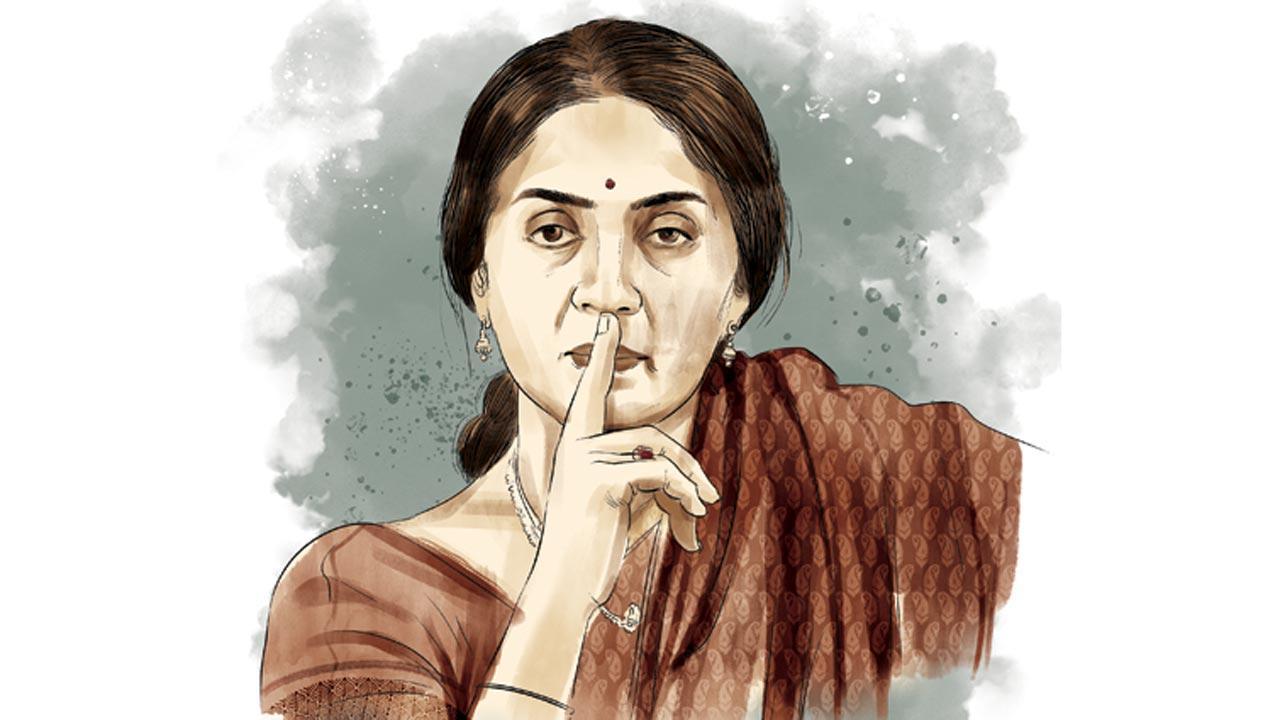Home / Sunday-mid-day / / Article /
‘When the music stopped, Chitra was the only one without a chair’
Updated On: 27 February, 2022 08:03 AM IST | Mumbai | Aastha Atray Banan
In the wake of bizarre misconduct allegations against former NSE CEO Chitra Ramkrishna and the ‘faceless’ yogi she trusted, veteran journalist and author Sucheta Dalal on why the giddy high of absolute power can only bring bad news

Dalal says Ramkrishna’s own appointment as NSE’s MD in 2013 was manipulated and she ran the Exchange Exchange like a private fief. Illustration/Uday Mohite
When you see a picture of Chitra Ramkrishna, you will agree with reports that she plays the veena and tries not to miss Chennai’s winter Carnatic concert season. The Kanjeevarams, simply done ponytail and make-up free face relay an image of a no-nonsense, committed leader.
What you don’t expect is the news that broke on February 17. Ramkrishna, one of the Indian financial sector’s most respected names, was accused of misusing her position as then Managing Director and CEO of the National Stock Exchange (NSE) to make inappropriate appointments, sharing confidential information with an unidentified spiritual guru who she admitted lives somewhere in the Himalayas and who she first met on the banks of the Ganga, and allowing him to influence her actions related to operations of the exchange.



